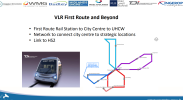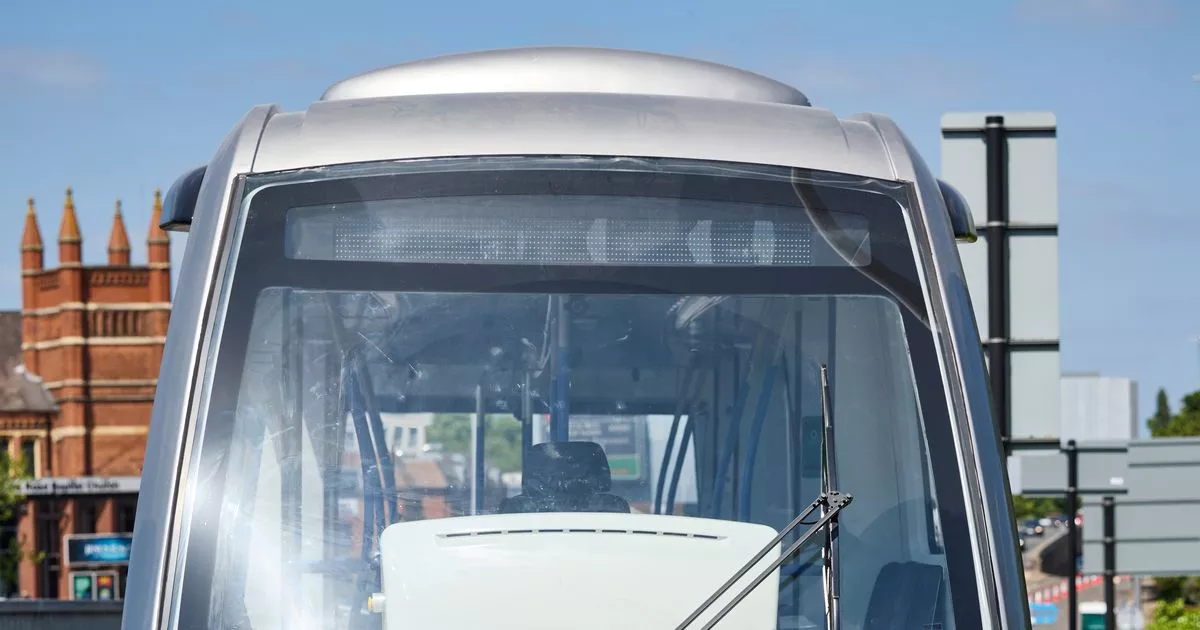Usually they are monitored by the driver only. But there is no reason why it couldn't be remotely monitored like your suggestion for VLR.Monitored by a driver, rather than a control centre though, no?
None of the promotional images have shown multiple units in operation.Or multiple units could couple together to meet a demand surge. An incoming tram at a terminus could couple up to one or more spares parked at the buffer stop. Many full-size conventional tram designs are available in varying lengths, usually accomplished by joining the required number of standard modules together. I could see a very light tram design evolving in the same way.
A more tram-like design of multiple modular sections may have been better than the inflexible single vehicle.



